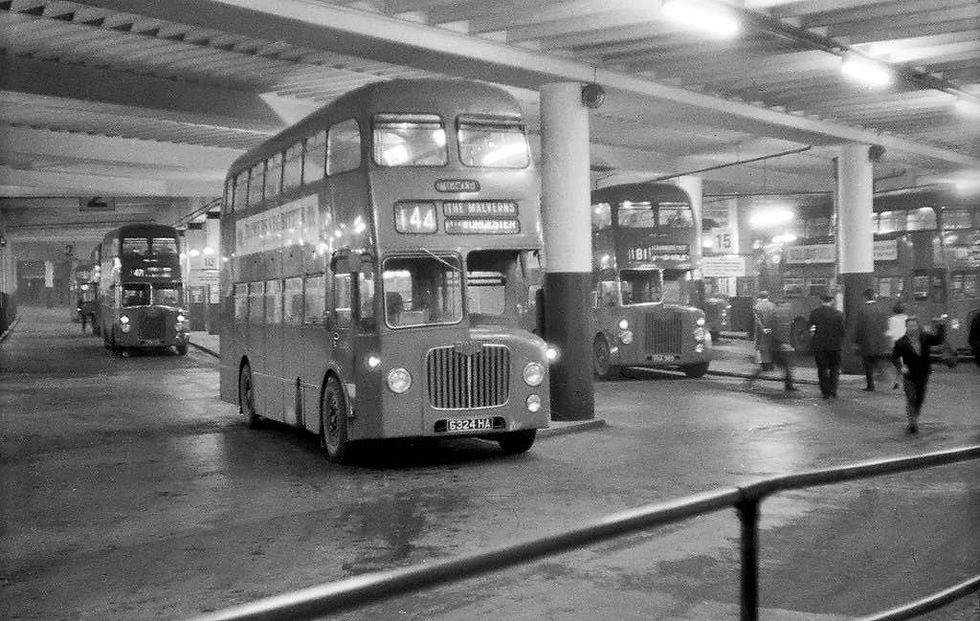Cruciform Adaptation
- Jon Swales
- Aug 26, 2023
- 4 min read
A few thoughts… in love and for love.
We live within the story of climate breakdown and in a previous post we explored that it is highly unlikely, if not impossible, to restrict global temperatures to 1.5 degrees above pre-industrial levels.
As the UN Secretary-General noted, we are on the 'highway to climate hell with our foot on the accelerator.'
We are facing an existential threat.

While the future remains uncertain, we stand at a unique moment in human history whereby we will see in the coming years, one way or another, unprecedented change.
The IPCC reports have issued a warning: "Without immediate and profound emissions reductions across all sectors, limiting global warming to 1.5°C by the end of this century is unattainable."
It appears that achieving this goal is indeed slipping away, and instead, we are likely to reach 1.5 degrees within the next decade. The following chart illustrates the formidable challenge before us.

The UN chief emphasized, "This is not fiction or exaggeration; it is what science tells us will result from our current energy policies. We are on a path to global warming of more than double the 1.5-degree target."
Rather than declining, global emissions are increasing, leading to more extreme weather events, deforestation, melting sea ice, and thawing permafrost. Rising sea levels are imminent.
Allow me to mention two additional points briefly. First, there are changes we are likely to witness in the next year. Second, let's consider one example of what might be in store for 2050.
In the near term, we are likely to see an acceleration in global temperatures and extreme weather events due to changing climate patterns, alternating between El Niña and El Niño weather systems every 2-7 years. We are currently transitioning from the cooler El Niña to El Niño, which will add 0.2 degrees to an already overheated planet, leading to intensified droughts, floods, fires, and heatwaves.
Looking ahead to 2050, sea level rise will cause significant disruptions globally. For instance, large parts of Vietnam, with a population of around 100 million, could become practically uninhabitable, with 25% of the population (20 million people) residing in areas likely to be underwater at least once a year. This not only creates a long-term humanitarian crisis but also affects global food supplies, as Vietnam is the world's third-largest rice exporter. Other coastal cities at risk include Kolkata, Mumbai, Ho Chi Minh City, Shanghai, Bangkok, and Miami. Without substantial investment, global urban flooding is projected to cost over US$1 trillion annually.

The consequences for Vietnam will include suffering, death, homelessness, and increased disease spread. Flooding in Vietnam and other coastal cities will impact global food supplies and place immense economic pressure on world economies. It's important to remember that while we often focus on 2050 as a benchmark for measuring climate impact, the effects won't suddenly occur at midnight on New Year's Eve; they will escalate as temperatures rise, with nonlinear impacts.
What's on the horizon is a future marked by mass starvation, mass migration, and societal collapse.
This harsh reality, though deeply unsettling, is firmly grounded in scientific findings.
However, it seems that humanity, even the church, is largely asleep to this issue, with few people acknowledging and acting upon it as an emergency.
Given this. How should we live? How should the church allow this future to inform its vision and values in the coming years? How should, as individuals and communities, allow our context to inform what we do with our time, talents and treasure?

I want to humbly suggest that the church should embrace a posture of cruciform adaptation.
Yes, we seek to mitigate the worst of what may happen through reducing personal emissions and living simply, but also by seeking necessary social and policy changes. Personal mitigation isn't enough; we need systemic change.
The church can help leverage systemic change by 'speaking truth to power,' divesting from fossil fuels, and supporting civil disobedience. Recent studies and experiences have demonstrated that non-violent direct action and disruptive protests accelerate national conversations and bring about change more quickly than more mainstream approaches. Many who have joined XR and JSO have done so because petitions, letter writing, etc., have proved ineffective.
Adaptation, though, is the recognition that mitigation is not enough. Rather, alongside mitigation, we need to adapt to what is already locked in—a world that will be more volatile and violent, including mass migration, food insecurity, and societal collapse.
Adaptation is being discussed elsewhere, and much can be learned from Jen Bendell and Rupert Read about Deep and Transformative Adaptation.
For the church, our posture of adaptation should be cruciform. That is, we are to embrace the life of Christ, being formed and transformed into His image, as we live lives of service and self-giving sacrificial love.
What might this look like?
- We embody truth and not denial.
- We offer hope and not simply despair.
- We love one Another and share Lives/Resources.
- We love our neighbours.
- We have a bias towards the vulnerable.
- We practice peacemaking.
- We resist the Beasts (Unholy Trinity - Consumerism, Unrestrained Capitalism, Militarism).
- We embody the Age to Come/Fruits of the Spirit.
- We hold together grief and anger in the bounds of love & hope.
- We embrace Eschatological and Embodied Hope.
- We build resilient communities that embrace change that promotes kindness and human flourishing.
For further discussion about Cruciform Adaptation see







Comments